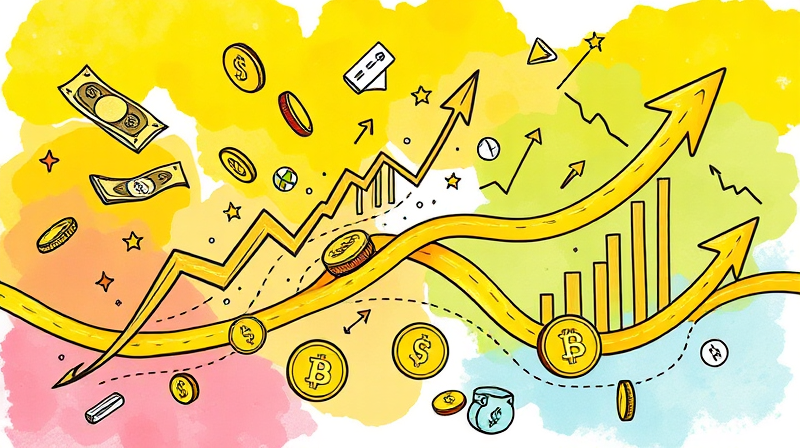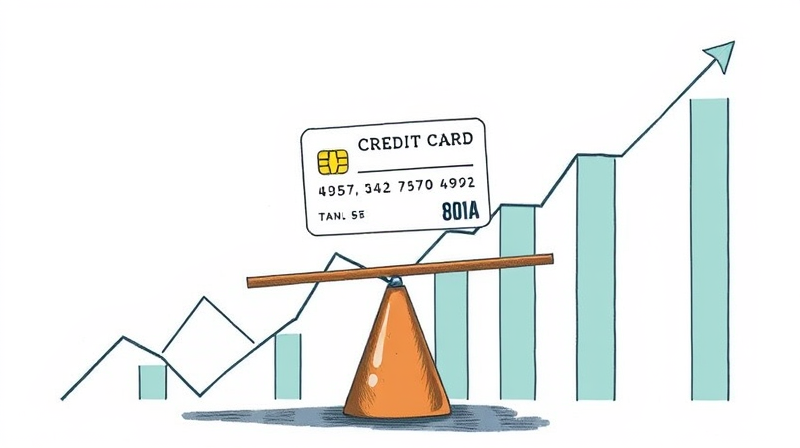
In today’s fast-paced world, credit cards can be both a convenience and a trap. While using plastic helps us smooth out cash flow, it also carries the risk of spiraling debt if left unchecked. One transformative strategy is to make weekly payments instead of a single monthly settlement. This approach not only curbs runaway balances but primes you for long-term financial health. Read on to learn how this habit can empower you to build a habit of mindful spending and take command of your budget.
Switching to weekly payments might feel unusual, but the payoff—both psychological and monetary—can be huge. Let’s explore why talented savers and seasoned financial coaches alike advocate this simple shift.
Most of us default to one big payment at month’s end. Yet credit card interest is calculated on your average daily balance. By chopping your payoff into four or five smaller installments, you steadily trim down what you owe, rather than letting it linger at a high plateau.
Beyond the math, frequent payments foster discipline. When you schedule a payment every week, you complete frequent check-ins with your finances and remain acutely aware of spending patterns. That awareness becomes the first line of defense against impulse purchases.
Credit cards dominate U.S. transactions, accounting for 32.6% of monthly purchases in 2023. In-person card use has nearly doubled since 2016, rising to 39% of all face-to-face transactions. Even shoppers who prefer cash still use plastic for 15% of purchases.
Meanwhile, the average card balance in Q3 2020 stood at $5,315. With monthly rates often exceeding 20%, carrying a balance can spiral into hefty interest fees. Yet consumers who adopted more frequent payments helped drive a 14% drop in average card balances in 2020—the first decline since 2011.
Setting up weekly payments is remarkably easy. Most issuers allow unlimited payments per billing cycle. You break a monthly total into equal shares and schedule them on the same weekday each week.
For example, a $600 monthly obligation becomes four $150 payments. If automation appeals, link your checking account to autopay and pick a day—for instance every Friday—to execute the transfer.
Interest on credit cards is based on average daily balance. By lowering your balance more often, you shrink that average, trimming what you owe in finance charges—especially vital if you carry a balance from month to month.
Frequent payments also help your credit score. Credit utilization—the ratio of card balances to available credit—is a major factor in scoring models. By keeping utilization low throughout the cycle, you project a stronger credit profile.
Weekly payments aren’t just for high-balance cardholders. Anyone seeking tighter command of daily spending can gain from this routine. Consider whether you:
If any of these apply, adopting weekly payments can transform how you interact with credit.
Ready to give it a try? Follow these actionable steps to embed weekly payments into your routine.
1. Review average monthly spending: Check your statements to estimate what you owe each month.
2. Divide and schedule: Split that total by 4 or 5, then set payments for the same weekday weekly.
3. Automate with autopay: Link your checking account for effortless transfers. Ensure you maintain sufficient funds to avoid overdrafts.
4. Track and adjust: Monitor your actual spend mid-month. If you overshoot your estimate, add a supplemental payment.
5. Celebrate small wins: Each payment is progress toward financial mastery. Acknowledge how each installment reduces stress and interest.
Industry authorities like Experian, Bankrate, and NerdWallet endorse multiple payments as a method to enhance budgeting, lower interest, and sustain low utilization. While the administrative effort is minimal—especially when automated—the psychological boost can be profound.
Embedding weekly payments into your financial routine is more than a trick to tame interest. It fosters ongoing engagement with your budget, reinforces responsibility, and delivers a sense of accomplishment every week.
Your credit card is a tool—one that can carve out opportunities when used wisely. By adopting a weekly payment habit, you reclaim control, slash interest costs, and set the stage for stronger credit health. Start this week and feel the difference by month’s end.
References













